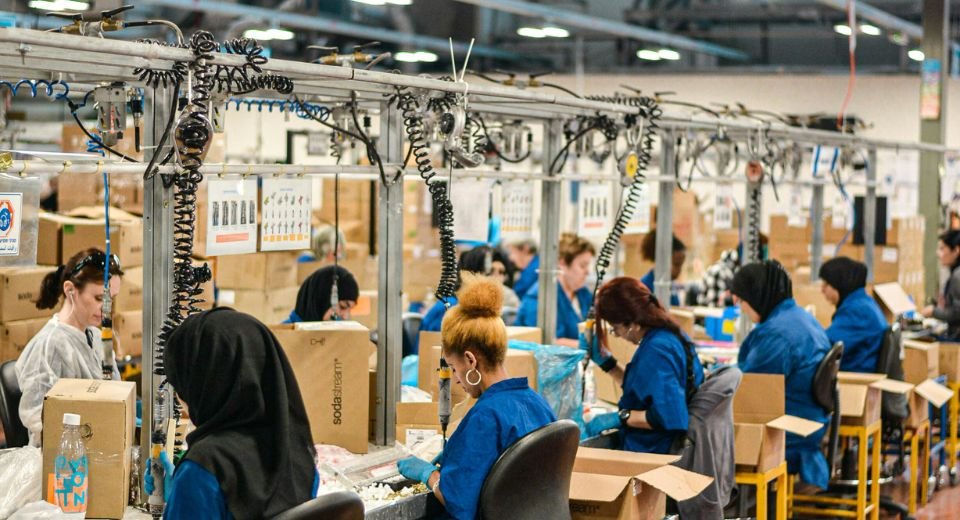HQ Team
September 5, 2024: Falling global wages, possibly driven by automation and artificial intelligence, will slow the pace of achieving Sustainable Development Goals (SDG) as the 2030 deadline looms, according to an International Labour Organization report.
The widening gap between labour and capital income, and the challenges facing young people in the job market is worrying, the World Employment and Social Outlook: September 2024 Update stated.
“Global labour income share, which is the proportion of total global income that goes to workers, is shrinking said Celeste Drake, Deputy Director-General of the ILO.
“This means that even as workers contribute to a growing global economy, they’re taking home a smaller share of that growth. This needs to be changed because it’s increasing inequality, which will have a disproportionate effect on working people,” she said.
The ILO cited data from 36 countries indicating that total income declined globally by 0.6 percentage points between 2019 and 2022 “and has since remained flat.”
Covid-19 pandemic
This seemingly modest decline in income represents an annual shortfall in income of about $2.4 trillion, which is in line with the longer-term decline of 1.6% between 2004 and 2024.
Nearly 40% of this decline happened during the three years of the Covid-19 pandemic from 2020 to 2022, the ILO stated, before pointing to further data that showed while production output has increased over the last two decades, incomes have not kept up.
From 2004 to 2024, workers’ output per hour increased globally by 58%, said Steven Kapsos, Head of the Data Production and Analysis Unit at the UN agency.
“That’s a very positive trend, that’s a big output,” he said, but over the same period, income increased by only 53%.
“So, there’s a wedge of five percentage points between how much productivity grew over that period and how much labour income grew over that period and that’s leading to this decline in the labour income share,” he said.
‘Further downward pressure’
Without policy intervention by governments, technological breakthroughs in generative AI “could exert further downward pressure” on paychecks.
The level of global youth unemployment has declined only modestly from 21.3% worldwide in 2015 to 20.4% this year.
The Arab States have the highest percentage of young workers unemployed ― one in three – followed by Africa, which is almost one in four – a figure that has not changed in two decades.
One in five people in Asia and the Pacific are unemployed and it is the same with Latin America and the Caribbean. In Europe and Central Asia, more than one in six were without jobs and in Northern America it was over one in 10.
Female youth unemployment remains more than double men’s ―almost one in eight.
Deepen inequality
Without comprehensive policies to ensure that the benefits of technological progress are broadly shared, recent developments in the field of artificial intelligence could deepen inequality, putting the achievement of the SDGs at risk, the report stated.
“Countries must take action to counter the risk of declining labour income share,” said Drake.
“We need policies that promote an equitable distribution of economic benefits, including freedom of association, collective bargaining and effective labour administration, to achieve inclusive growth, and build a path to sustainable development for all.”
Interconnected to health
The 2030 Agenda for Sustainable Development was adopted in 2015 by all the countries in the United Nations. It set out 17 goals, which include 169 targets. These wide-ranging and ambitious goals interconnect.
Goal 3 is to ensure healthy lives and promote well-being for all at all ages. The progress in its implementation contributes to progress towards other goals, and action on other goals in turn contributes to attaining goal 3.
Most of the goals also have some direct health targets. All of them have indicators by which progress can be measured.
